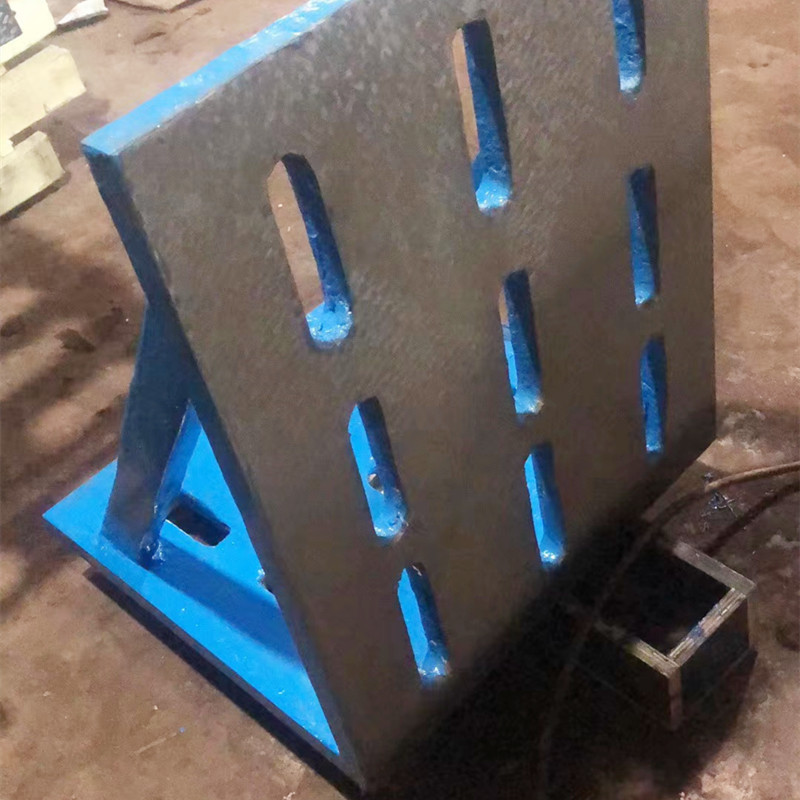نومبر . 12, 2024 13:28 Back to list
clean check valve
Understanding Clean Check Valves Importance and Functionality
In technological and industrial settings, ensuring the purity and integrity of fluids is paramount. This is particularly evident in sectors such as pharmaceuticals, food and beverage, and chemical manufacturing, where contamination can have disastrous consequences. One of the critical components used to maintain the quality of these fluids is the clean check valve. This article will delve into the purpose, functionality, and advantages of clean check valves.
What is a Clean Check Valve?
A clean check valve is a type of valve that permits fluid flow in one direction while preventing backflow. Unlike standard check valves, clean check valves are specifically designed to meet stringent cleanliness standards, making them ideal for applications where contamination is a concern. These valves are typically made from materials that are resistant to corrosion and easy to clean, such as stainless steel or high-grade plastics.
How Do Clean Check Valves Work?
The basic operation of a clean check valve revolves around a simple mechanism. When fluid flows in the desired direction, it exerts pressure on the valve disc or ball, which opens the valve and allows the fluid to pass. If the flow reverses, the pressure decreases, and gravity, along with the weight of the valve disc or ball, closes the valve, thereby preventing backflow.
In clean applications, these valves are often designed with features that enhance cleanliness and prevent contamination. For instance, they might have smooth surfaces to minimize debris accumulation, and some may include innovative designs that eliminate dead zones where stagnant fluid could accumulate.
Applications of Clean Check Valves
clean check valve

The applications of clean check valves are diverse, reflecting the need for pure fluid systems across various industries. In the pharmaceutical industry, for instance, clean check valves help maintain the integrity of sterile processing lines, ensuring that drugs are produced without the risk of contamination. Similarly, in food and beverage production, these valves contribute to food safety by preventing cross-contamination during processing.
Moreover, clean check valves are also used in water treatment plants to prevent backflow in systems that need to maintain high purity levels. The semiconductor industry, which requires extremely clean conditions, also utilizes these valves as part of their fluid handling systems during the manufacturing of chips and circuits.
Advantages of Clean Check Valves
The use of clean check valves brings numerous advantages to industrial applications. Firstly, they enhance product safety by providing reliable backflow prevention, ensuring that contaminated fluids do not mix with clean fluids. This is vital in preserving the quality of both products and processes.
Secondly, clean check valves contribute to operational efficiency. By preventing backflow, they help maintain consistent pressure and flow rates within fluid systems, which can improve the overall performance and longevity of pumps and equipment.
Lastly, these valves can be designed for easy cleaning and maintenance, reducing downtime and operational costs. With their robust materials and streamlined designs, they can be quickly disassembled and sanitised, which is crucial in environments where contamination risks are high.
Conclusion
In summary, clean check valves are essential components for maintaining the purity and integrity of fluid systems across various industries. Their ability to prevent backflow while adhering to stringent cleanliness standards makes them invaluable in applications where contamination could lead to severe consequences. With their unique designs and operational advantages, clean check valves pave the way for safer and more efficient manufacturing processes, ensuring that industries can meet both regulatory standards and consumer expectations for quality.
-
Why Metric Trapezoidal Thread is Ideal for Precision Motion ControlNewsAug.05,2025
-
The Unique Properties of a Block of Granite for Industrial UseNewsAug.05,2025
-
The Role of Flanged Y Strainers in Preventing Pipeline ClogsNewsAug.05,2025
-
The Importance of Regular Calibration for Master Ring GagesNewsAug.05,2025
-
How a Cast Iron Surface Table Enhances Accuracy in ManufacturingNewsAug.05,2025
-
Comparing Different Check Valve Types for Optimal Flow ControlNewsAug.05,2025
Related PRODUCTS









